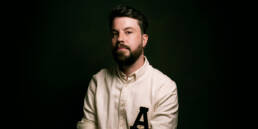
I will never forget the day I discovered Neil Gaiman. I borrowed a copy of ‘American Gods’ from a colleague in film school, and I remember being unable to put it down. A little over a day later, I’d finished it, and my mind had just opened up to incredible new possibilities in terms of creating fantasy with compelling characters and unique worlds.
From a literary point of view, Mr Gaiman has earned his spot among the titans of his genres—yes, genres, because he is an incredibly versatile writer, authoring now-classical oeuvres such as ‘The Sandman’ series for DC Comics/Vertigo, the aforementioned ‘American Gods’, ‘Neverwhere’ and ‘Stardust’, among many others. Perhaps still a youngling at heart, he is able to delight readers of any age with his fantasy stories—from the brave Coraline who stumbles upon a strange and sinister version of her home, to Nobody ‘Bod’ Owens who was raised in a cemetery by ghosts, to Shadow Moon, the ex-con who finds himself sucked into a war between the gods themselves.
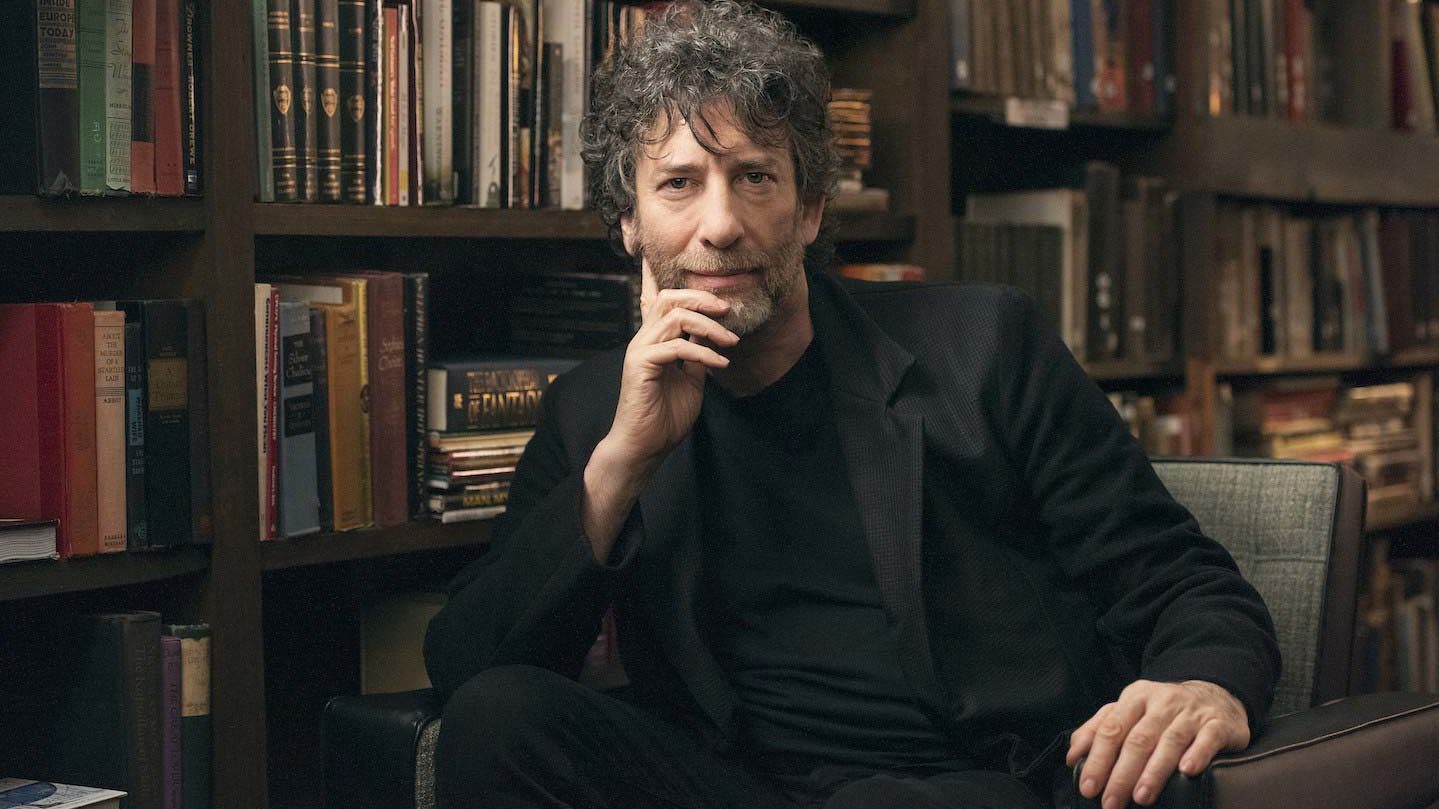 NEIL GAIMAN, ©MASTERCLASS
NEIL GAIMAN, ©MASTERCLASS
Neil Gaiman isn’t afraid of the strange or the unfamiliar. Maybe that’s what makes him a master storyteller—a fact further evidenced by his Masterclass course, which is, by far, one of the best things that any aspiring writer could spend their money on. His mind is clearly full of wonders, and we can only strap in and enjoy the ride.
Most of his novels have been or are currently being adapted for the screen, which makes him quite the asset for the cinematic industry. ‘The Sandman’ is getting its own TV series, as is ‘Anansi Boys’, following the roaring success of Canada Film Capital and Fremantle’s production of ‘American Gods’ (2017), which is currently distributed by Starz!, Amazon Prime and StudioCanal. Pretty much everything that Mr Gaiman touched has turned to gold, so no wonder he’s in demand.
Young Neil
Born in Portchester, Hampshire in 1960, Neil Gaiman was raised in a predominantly Jewish and Scientologist family—although, when asked about his personal religious views, he once said: ‘I think we can say that God exists in the DC Universe. I would not stand up and beat the drum for the existence of God in this universe.’
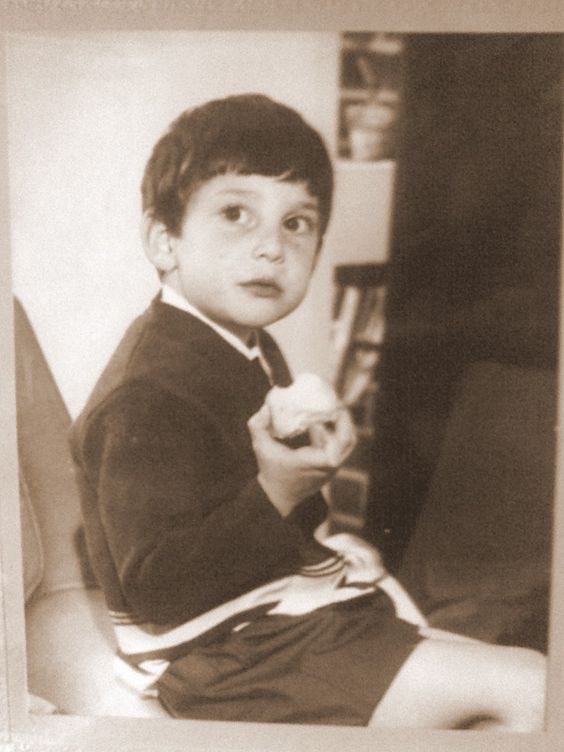 A VERY YOUNG NEIL GAIMAN, ©NEIL GAIMAN
A VERY YOUNG NEIL GAIMAN, ©NEIL GAIMAN
Able to read from the age of four, young Neil devoured literary materials perhaps too complex for a child. When he was about ten years old, he completed the works of Dennis Wheatley, whose ‘The Ka of Gifford Hillary’ and ‘The Haunting of Toby Jugg’ left quite the impression on him. But it was J.R.R. Tolkien’s ‘The Lord of the Rings’ trilogy that really set him on the path of someday becoming a writer.
C.S. Lewis, Lewis Carroll, Mary Shelley, Rudyard Kipling, Edgar Allan Poe, Ursula K. Le Guin, Harlan Ellison, and Lord Dunsany also count as early influences on young Neil. When he was only nineteen, he wrote a letter to his favourite science fiction author, R.A. Lafferty, asking for advice on becoming an author. Mr Lafferty wrote back with an encouraging message, filled with literary advice. That was a pivotal point in the early days of Mr Gaiman’s career, though perhaps the most influential author is still Roger Zelazny—easily noted from Neil’s writing style and choice of topics.
Of Journalism and Other Things
In the early 1980s, Neil took up journalism to learn about the publishing world and to make connections that would eventually get him published. He spent his days conducting interviews with agents, publishers and writers, and writing book reviews, particularly for the British Fantasy Society. He published his first short story, titled ‘Featherquest’, in Imagine Magazine in May 1984.
His discovery of Alan Moore’s ‘Swamp Thing’ gave him the drive and the courage to write his own book. He started with a biography of the band Duran Duran that same year, then quit journalism altogether in 1987, stating that ‘British newspapers regularly publish untruths as fact.’
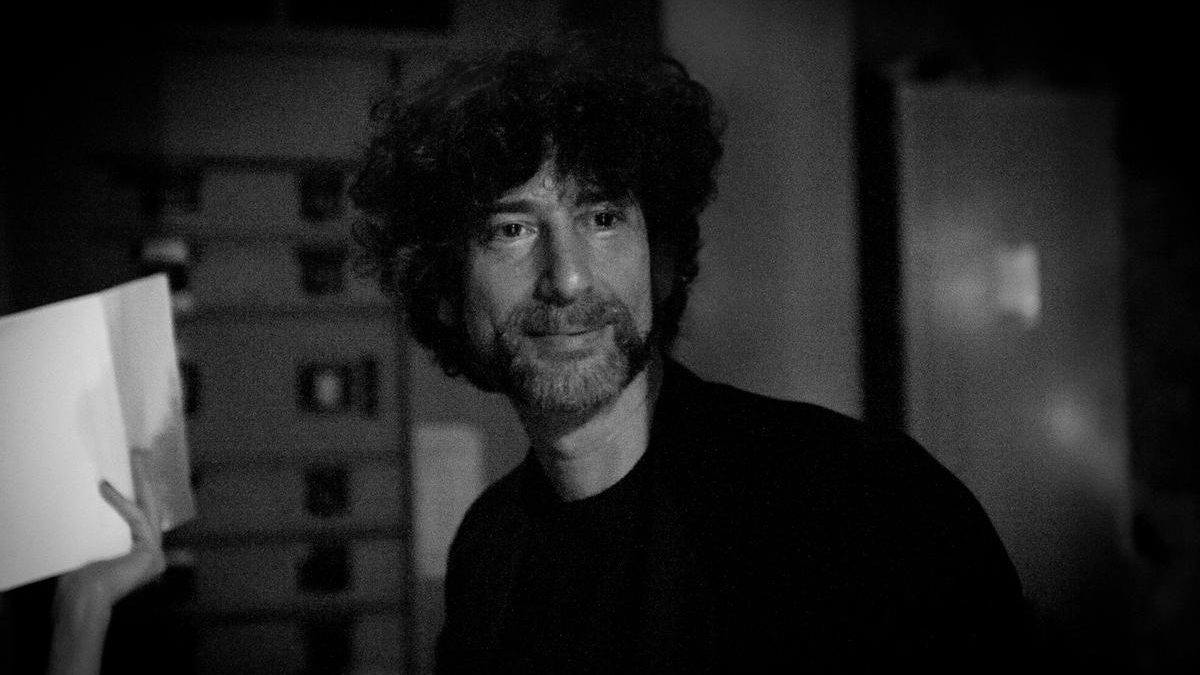 NEIL GAIMAN, ©DAVID J. MURRAY/CLEAREYEPHOTO.COM
NEIL GAIMAN, ©DAVID J. MURRAY/CLEAREYEPHOTO.COM
After releasing ‘Don’t Panic: The Official Hitchhiker’s Guide to the Galaxy Companion’ in the late ‘80s, Neil Gaiman went on to write the opening of what later became his critically acclaimed collaboration with Terry Pratchett on ‘Good Omens’. He also formed a friendship with comic-book writer Alan Moore, which, in turn, got Neil into writing comic books of his own. It was around this time that he also met and became friends with his favourite artist, Dave McKean, producing ‘Violent Cases’ and ‘The Tragical Comedy or Comical Tragedy of Mr Punch’. These two works got him a job with DC Comics in February 1987.
He wrote the limited series ‘Black Orchid’ for them and was later noticed by Karen Berger, later head of DC Comics’ Vertigo division, who invited Neil to rewrite an old character of theirs, The Sandman, but with his own spin on the previously unexplored entity. Needless to say, it was smooth sailing from thereon, as ‘The Sandman’ is, to this day, one of the most compelling and exquisite comic book collections ever written.
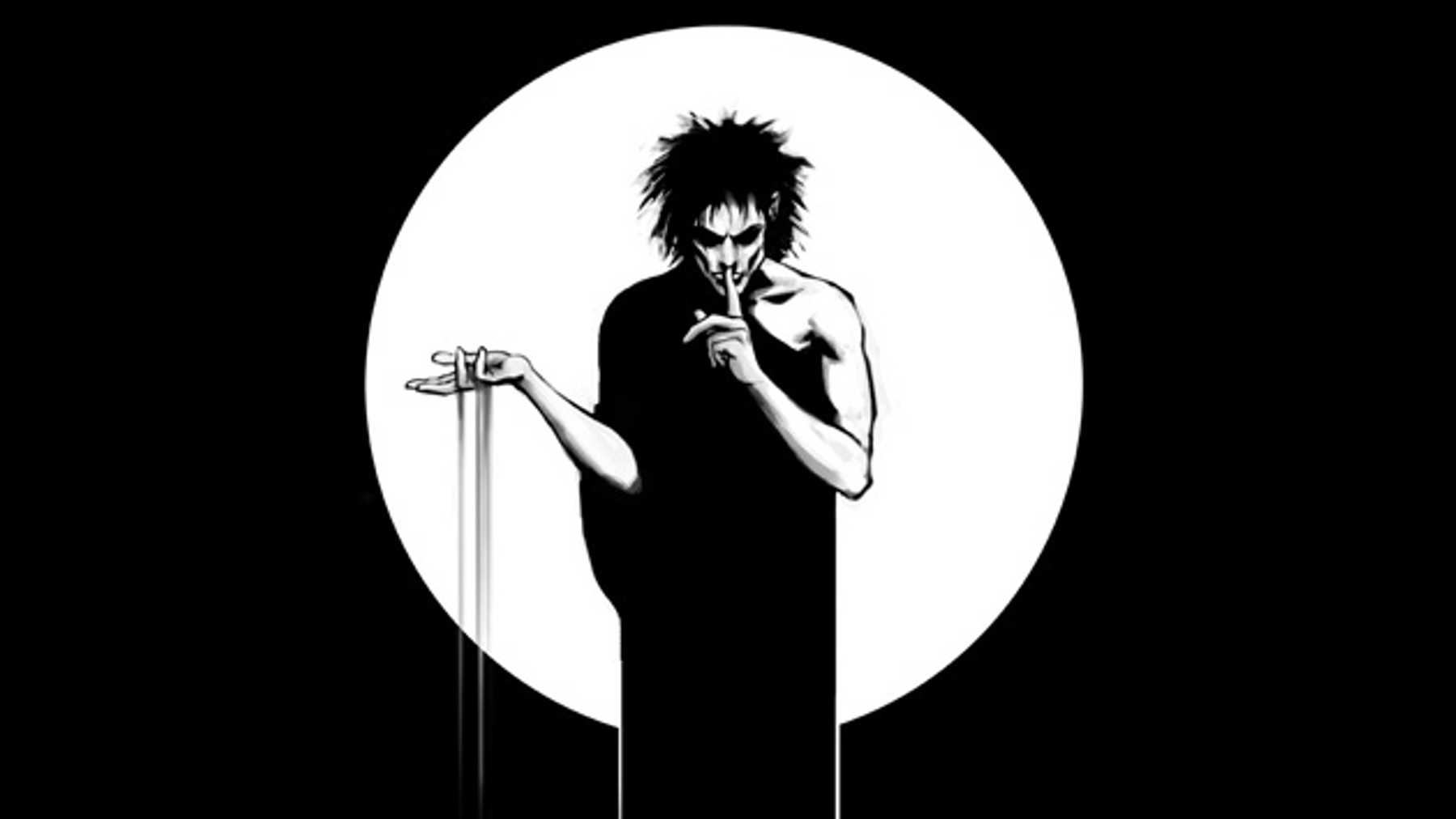 MORPHEUS, ‘THE SANDMAN’, ©DC COMICS/VERTIGO
MORPHEUS, ‘THE SANDMAN’, ©DC COMICS/VERTIGO
The series, following Morpheus, the ageless and anthropomorphic personification of Dream, began in January 1989 and concluded in March 1996. Working with Mike Dringenberg, Neil introduced Death, Dream’s older sister, in ‘The Sandman’, and she became almost as popular as the title character himself. DC’s Vertigo line was, in fact, launched in 1993 with a limited series named ‘Death: The High Cost of Living’, which was a resounding success. This further established Neil Gaiman as a preeminent writer of comics, and he even ended up as a co-writer with Jamie Delano for the ‘Swamp Thing’ series centred on Rick Veitch. Unfortunately, an editorial decision from DC caused both Gaiman and Delano to withdraw from the project.
Neil produced a number of additional stories for the DC Universe, including some Batman, Riddler and Poison Ivy-related tales, but he didn’t stick to that side of the aisle for long. In 2013, his Angela character, created with Todd McFarlane for his ‘Spawn’ series, was introduced into the Marvel Universe as part of the last issue for the ‘Age of Ultron’ miniseries. That whole collaboration ended with a lawsuit, however, which led to a joint ownership of the characters he created for McFarlane. One thing that stands out about Neil is that he understood the publishing industry and all its facets from a very young age. It helped him protect his literary works in the long run.
In the comic book world, Neil was known as a creator of characters, though he didn’t always stick around for the writing part, focusing mostly on his work for ‘The Sandman’. In an interview, and with regards to his passion for comics above other forms of storytelling, he said: ‘One of the joys of comics has always been the knowledge that it was, in many ways, untouched ground. It was virgin territory. When I was working on Sandman, I felt a lot of the time that I was actually picking up a machete and heading out into the jungle. I got to write in places and do things that nobody had ever done before. […] But with comics I felt like – I can do stuff nobody has ever done. I can do stuff nobody has ever thought of. And I could and it was enormously fun.’
The Books of Strange and Wonderful
Neil Gaiman’s first novel, a collaborative effort with Terry Pratchett titled ‘Good Omens’ was published in 1990. It was an instant success, chronicling the struggles of an angel and a demon who really don’t want the world to end, despite the fact that the Apocalypse has already begun.
In 1996, the novelisation of his teleplay for the BBC mini-series ‘Neverwhere’ came out, and the world was never the same again, even though he has since revised the novel twice—the first time to familiarize the American audience with the London Underground, and the second time because he simply felt he could do much better than the original. It’s a defining trait of Mr Gaiman’s, in fact, to try harder, to give more than what he’s already gifted us with.
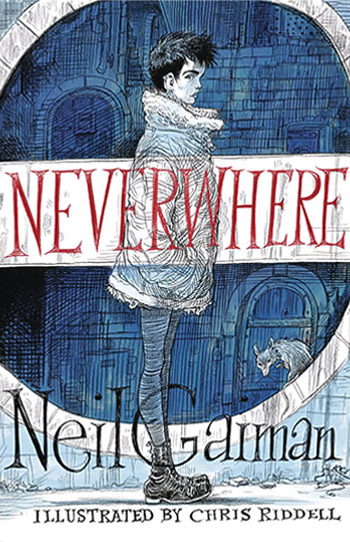 ‘NEVERWHERE’ COVER, ©WILLIAM MORROW/HARPERCOLLINS PUBLISHERS
‘NEVERWHERE’ COVER, ©WILLIAM MORROW/HARPERCOLLINS PUBLISHERS
Influenced by Victorian fairy tales but with a fun and fresh twist of its own, ‘Stardust’ hit the bookstores in 1999. However, it was ‘American Gods’, published in 2001, that changed everything. It became an instant bestseller, gathering award after award for years before the idea of a TV adaptation was even considered. Fun and maybe a little terrifying fact: it almost didn’t get published because it was considered too long.
He followed it up with ‘Anansi Boys’ in 2005. Though not a direct sequel to ‘American Gods’, the book does tap into that specific universe by following Mr Nancy’s two sons—one a demigod and the other a simple Englishman, as they explore and eventually get tangled in their common heritage. In 2008, Mr Gaiman published ‘The Graveyard Book’, a work that was heavily influenced by Rudyard Kipling’s ‘The Jungle Book’, securing its spot on the New York Times Bestseller Children’s List for fifteen consecutive weeks.
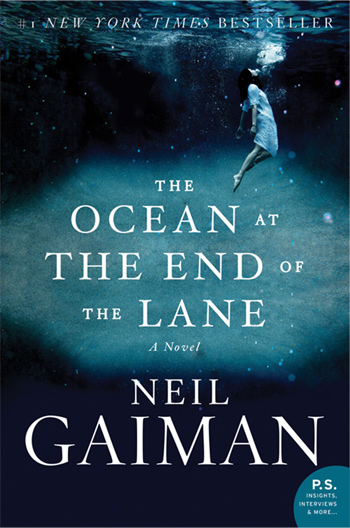 ‘THE OCEAN AT THE END OF THE LANE’ COVER, ©HARPERCOLLINS PUBLISHERS
‘THE OCEAN AT THE END OF THE LANE’ COVER, ©HARPERCOLLINS PUBLISHERS
With ‘The Ocean at the End of the Lane’, released in 2013 and voted Book of the Year at the National Book Awards, Neil touched on the search for one’s self-identity and the ‘disconnect between childhood and adulthood’ in a most fascinating style. ‘The Ocean at the End of the Lane’ was adapted for the stage and ran from 3 December, 2019 until 25 January of this year, at the National Theatre’s Dorfman venue in London. In-between the novels, he has also published several children’s books (‘Coraline’, ‘Mirror Mask’, and ‘The Wolves in the Walls’ among them), along with several collections of short stories, such as ‘Smoke and Mirrors’ and ‘Trigger Warning’.
Most recently, Neil Gaiman has given us a beautiful retelling of Viking myths with ‘Norse Mythology’, where he took the time to compile, chisel and whittle through various pieces of folklore in order to produce a brilliant rendition of the Norse gods and their world, from their early days to their end in Ragnarok.
Neil Gaiman, Executive Producer and Screenwriter
One thing is clear at this point and considering his illustrious career thus far. Much like with Stephen King, Neil Gaiman’s works are not easy to adapt for the screen. There have been a couple of misses, like with ‘Beowulf’ (2007), directed by Robert Zemeckis and featuring the voices of Angelina Jolie, Ray Winstone, and Crispin Glover, or the ‘Eternals’ animated series (2014).
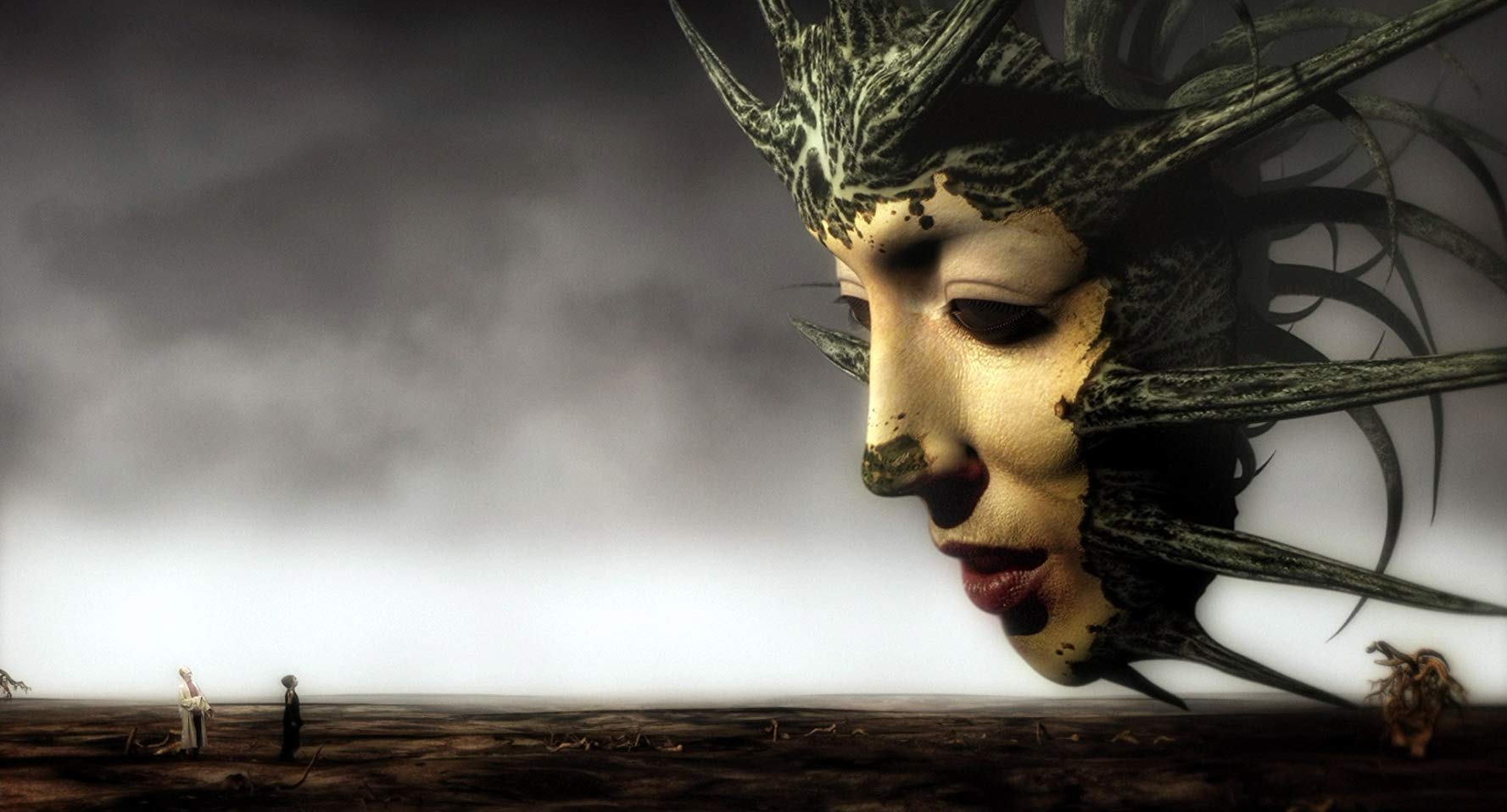 ‘MIRRORMASK’ (2005), ©SONY PICTURES
‘MIRRORMASK’ (2005), ©SONY PICTURES
But everything else that has come from his stories has been exceptional from beginning to end. Take the case of ‘Mirrormask’, directed by Dave McKean, as a first example. Considered by most as an ‘underground art film’, ‘Mirrormask’ follows a young girl named Helena through a fantasy world of opposing kingdoms, playing mainly on the metaphor of a girl trapped in another world as a symbol of growing up. Its ‘Alice in Wonderland’-esque allure turns it into a magical children’s movie, and it certainly stands out through its overall visual design.
In 2007, ‘Stardust’ made it onto the big screen with a screenplay by Jane Goldman and Matthew Vaughn, the latter also its director. Featuring brilliant performances from Charlie Cox, Claire Danes, Michelle Pfeiffer, and Robert De Niro, ‘Stardust’ brought the fairy tale back into the world of cinema in a most unexpected and charming fashion.
‘Coraline’ (2009), adapted for the screen and directed by Henry Selick, made its mark as a peculiar but truly unforgettable film for children. Starring Dakota Fanning and Teri Hatcher, ‘Coraline’ is also a stunning work of stop-motion animation. Nominated for the 2010 Academy Awards and Golden Globes, it won a BAFTA Children’s Award for Best Feature Film.
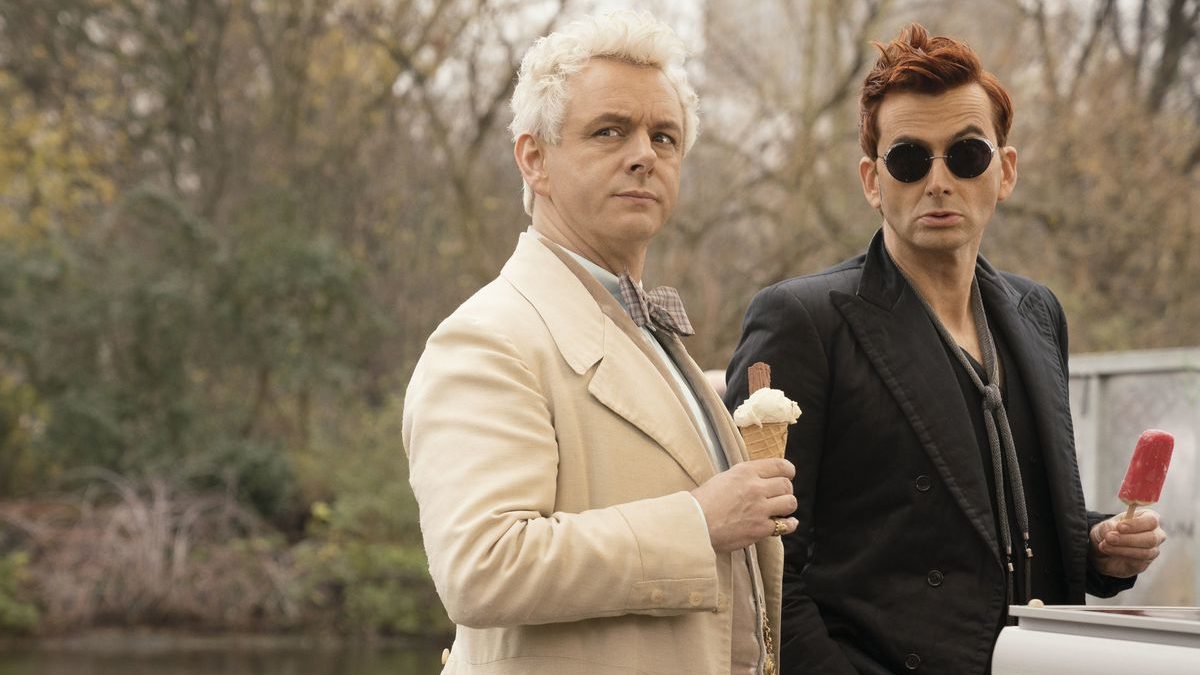 MICHAEL SHEEN AND DAVID TENNANT IN ‘GOOD OMENS’ (2019), ©AMAZON PRIME/BBC STUDIOS
MICHAEL SHEEN AND DAVID TENNANT IN ‘GOOD OMENS’ (2019), ©AMAZON PRIME/BBC STUDIOS
His masterpieces remain ‘Good Omens’ (2019), starring David Tenant and Michael Sheen, and ‘American Gods’ (2017-present), with Ricky Whittle, Emily Browning, and Ian McShane. The former, produced and distributed by Amazon Studios and BBC Studios, was written by Neil Gaiman and directed by Douglas Mackinnon. The latter, created by Bryan Fuller and Michael Green, has 16 episodes written by Mr Gaiman, along with his extensive involvement as an executive producer. Both are exceptional works of television, not only because of their source material, but also because the source material’s author stayed on and made sure his vision was accurately represented on the screen.
Neil is not one to shy away from changes between a book and a screenplay. But one could easily tell he was not directly involved in the writing and production of ‘Lucifer’ (2015), except for him voicing God. Based on a character created by Neil for DC Comics which was first seen in ‘The Sandman’, the FOX-then-Netflix production paired Lucifer Morningstar with an LA detective to solve crimes while dealing with his complicated and frustratingly divine family—it’s basically a supernatural cop procedural and hard to love.
Aside from Tom Ellis and Lesley-Ann Brandt’s stellar performances, however, the show steers so far away from the original comics that it’s hard to even take it seriously, sometimes. In a Twitter Q&A, Neil has stated that ‘Lucifer’ is its own show, and on another occasion, he expressed relief when Netflix saved the series after FOX’s cancellation. Had Tom Kapinos and the original producing network relied more on Neil’s comics, I’m certain we would’ve seen something infinitely superior than what has somehow made it through 5 seasons. It’s a fun show, mind you, but the ‘real’ Lucifer Morningstar’s stories are infinitely more complex and fascinating, since he’s got more important things to do than solve crimes in Los Angeles.
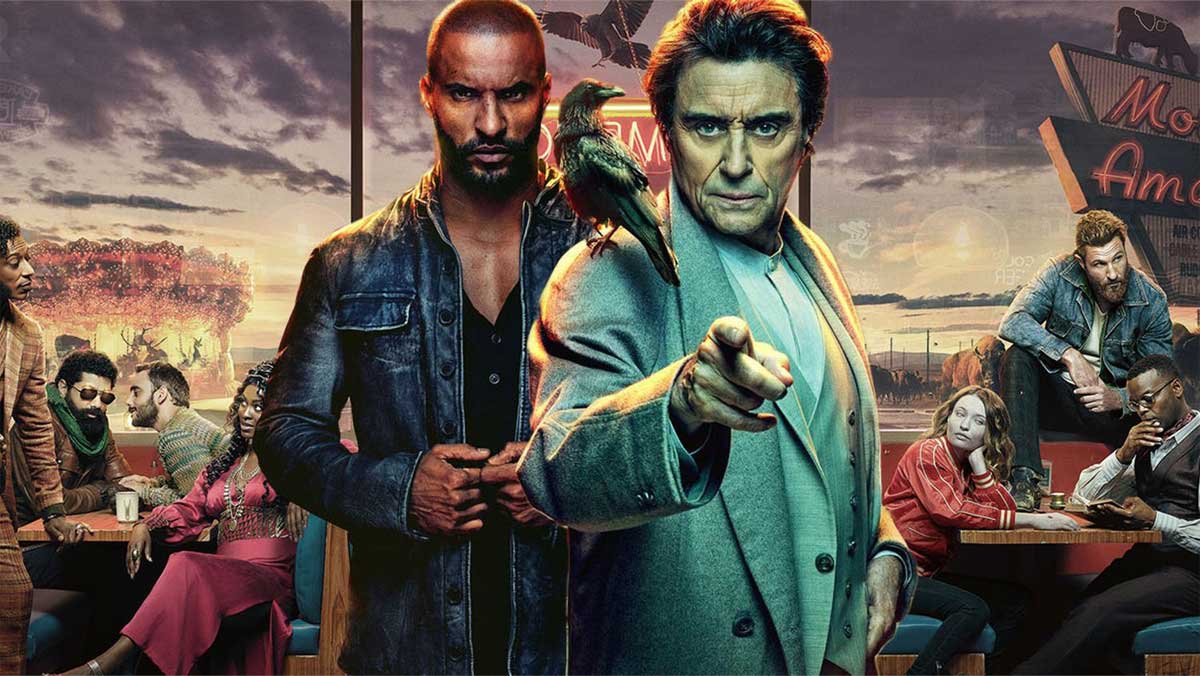 ‘AMERICAN GODS’ (2017-PRESENT), ©STARZ!
‘AMERICAN GODS’ (2017-PRESENT), ©STARZ!
That being said, ‘The Sandman’ has finally been greenlit for the screen. Netflix ordered a series which boasts Neil Gaiman, David S. Goyer, and Allan Heinberg as its creators. Little is known about the project so far, but given that the author himself is involved, there’s little doubt that it might fail. ‘The Sandman’ is one of Neil’s most precious works, and he will do everything in his power to do it and its metaphysical characters justice, though he has repeatedly said that he prefers being a novelist before a showrunner. Then again, if you want something done right…
‘The Graveyard Book’ and ‘The Thing About Cassandra’ have also been announced. According to The Guardian and as of 2017, Neil is also in the process of writing ‘The Seven Sisters’, a sequel to ‘Neverwhere’ which is partly inspired from his work with the UN’s refugee agency. It doesn’t have a formal release date, but those of you familiar with Neil’s writing will likely agree that we’re in for quite the treat.
And to think that, according to an interview with MTV, George R.R. Martin was once approached by a ‘skinny British kid dressed in all black’ who had an idea for a character he wanted to introduce in Mr Martin’s ‘Wild Cards’ anthology—he blew that kid off, since he didn’t have any credits to his name. That same kid gave us ‘The Sandman’ just years later.
Jules R. Simion
Jules is a writer, screenwriter, and lover of all things cinematic. She has spent most of her adult life crafting stories and watching films, both feature-length and shorts. Jules enjoys peeling away at the layers of each production, from screenplay to post-production, in order to reveal what truly makes the story work.
An Interview with Anna Drubich
Anna Drubich is a Russian-born composer of both concert and film music, and has studied across…
A Conversation with Adam Janota Bzowski
Adam Janota Bzowski is a London-based composer and sound designer who has been working in film and…
Interview: Rebekka Karijord on the Process of Scoring Songs of Earth
Songs of Earth is Margreth Olin’s critically acclaimed nature documentary which is both an intimate…
Don't miss out
Cinematic stories delivered straight to your inbox.
Ridiculously Effective PR & Marketing
Wolkh is a full-service creative agency specialising in PR, Marketing and Branding for Film, TV, Interactive Entertainment and Performing Arts.

